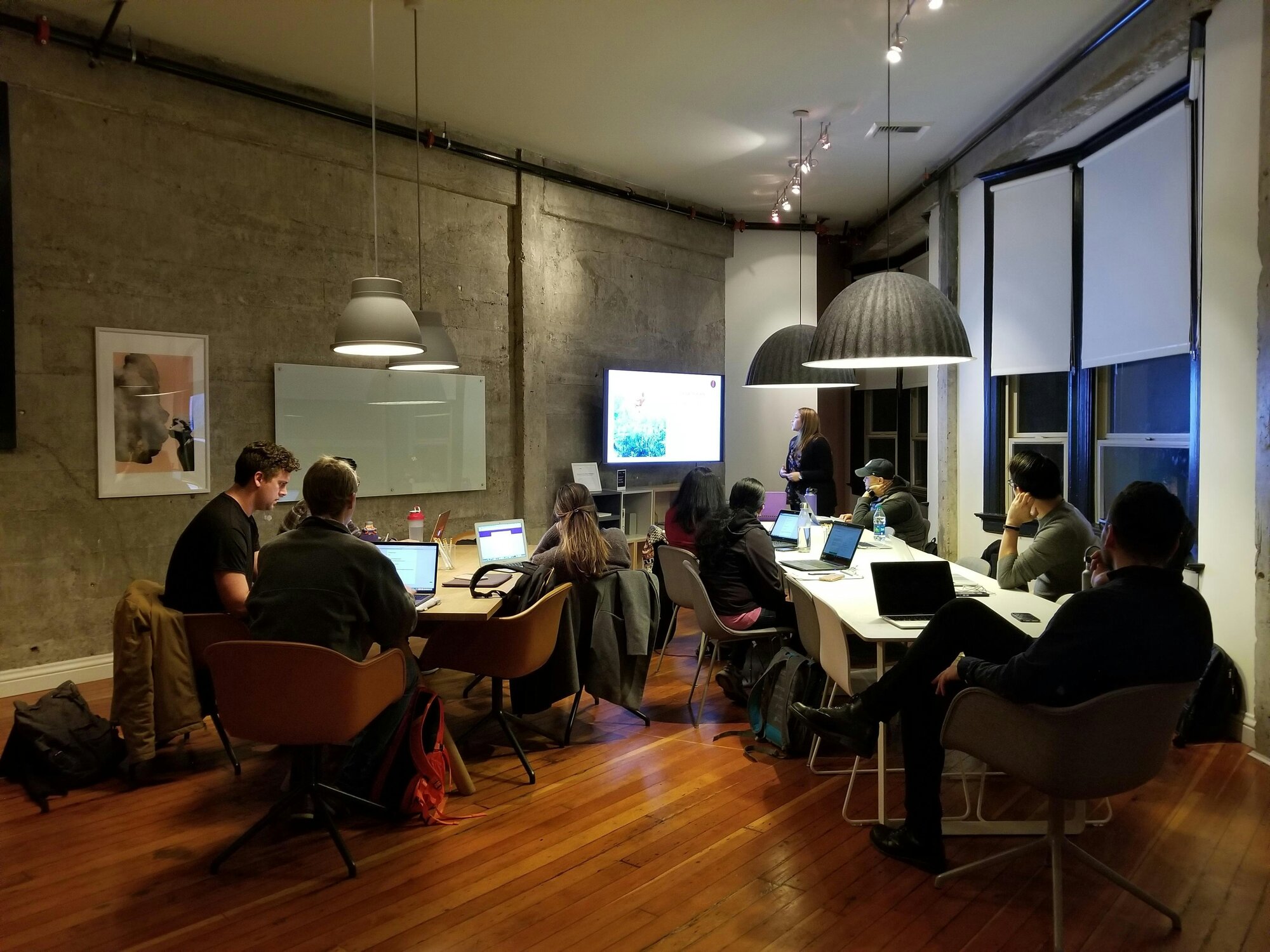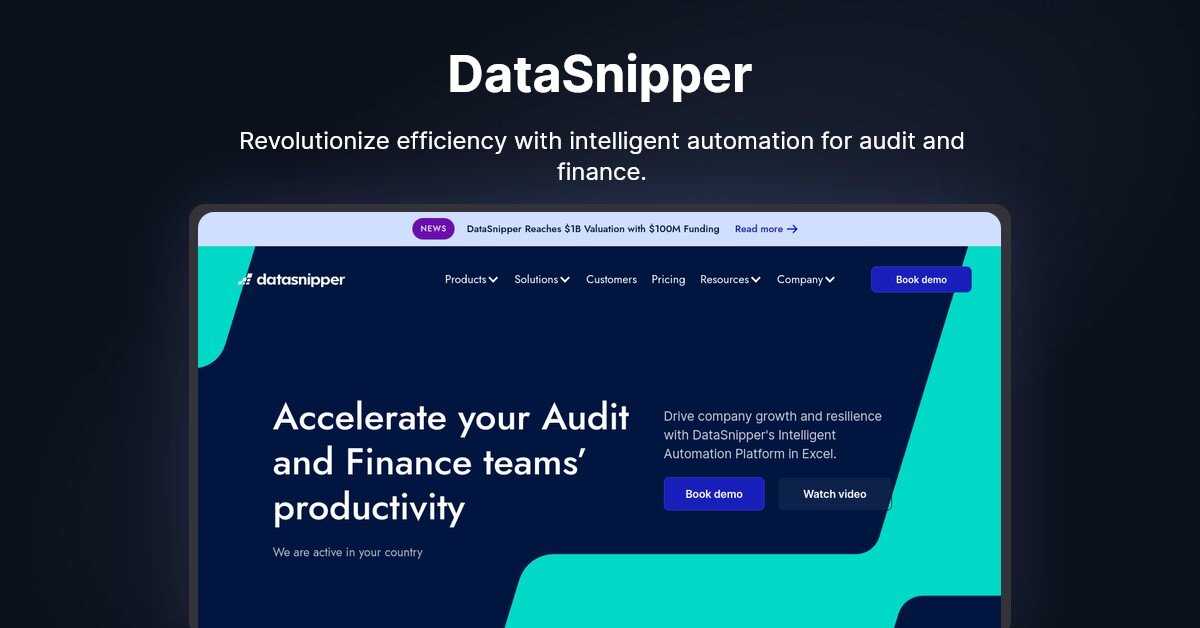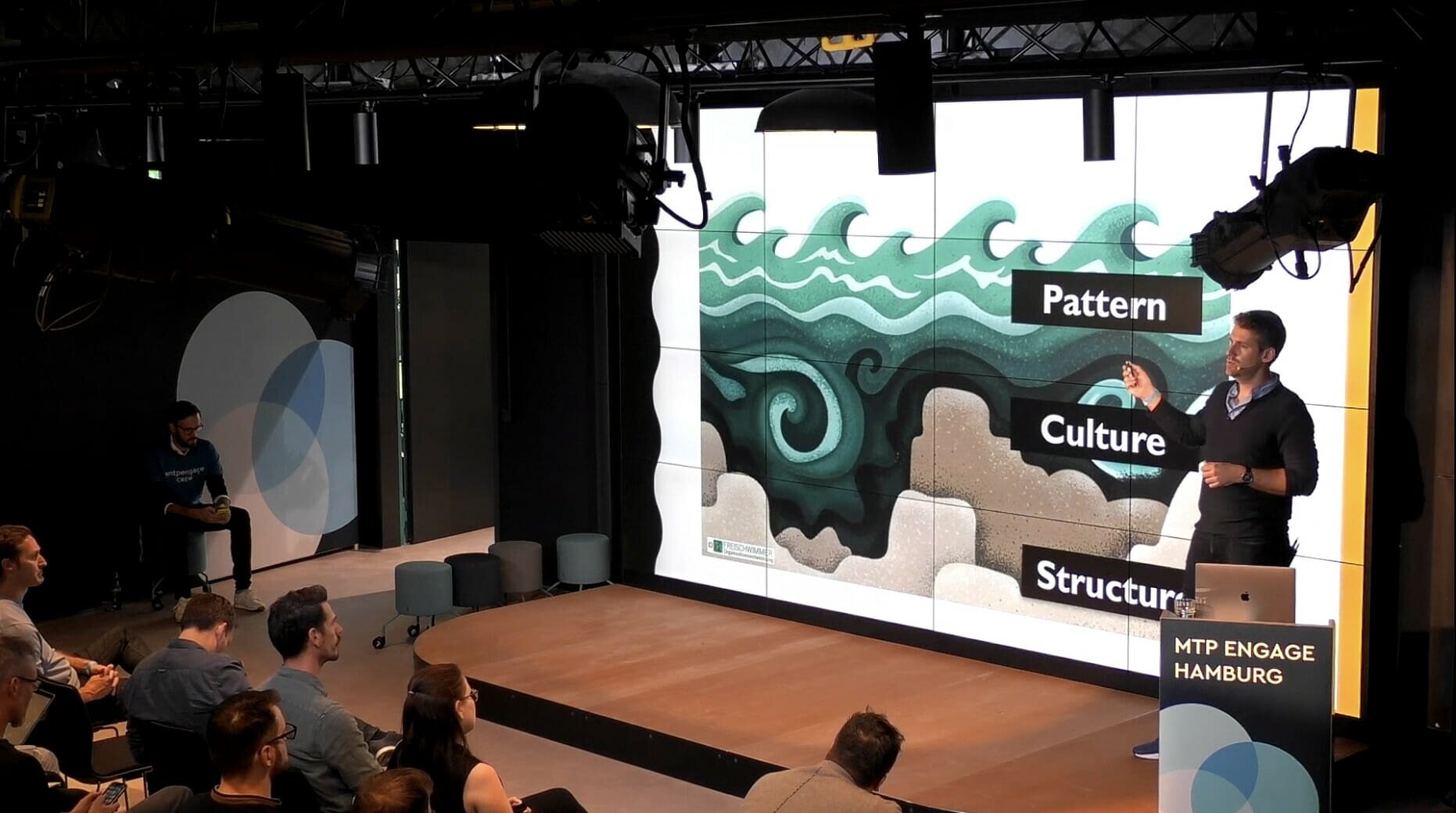Neha Bansal is a Product Leader at Meta — Ads Manager Reporting. We caught up with her to hear about her experiences of launching products at Meta, the biggest differences between big tech and start-ups, and what she anticipates for the year ahead in product.
Launching products at big tech companies starts with understanding the business value and the narrative, Neha explains. “We always ask ourselves why we’re building this, and who will benefit from it,” she says. “As long as we are 70% sure that our customers will benefit from a new product or feature, we are willing to take that risk and run with it.”
Regular conversations around ROI and churn rate are needed to clarify the financial benefit. Once this is approved, the product or feature idea then goes into the product roadmap. Phase one follows from this: putting a team in place and planning to roll out a few ideas. “I’m a fan of the three Ps framework (People, processes, product). These have always helped me and my team to form a successful product or feature,”
- People – relates to "who" does the work.
- Process – relates to the "how" the work is to be done.
- Product – relates to the "why" and "what" work needs to be done.
Neha emphasises that product teams at Meta follow the motto in ‘moving fast and breaking things’. "This approach has been instrumental in cultivating many innovative ideas that position us for success. The crucial aspect is empowering our users, making them more efficient and effective with the resources available."
During the launch phase, Meta focuses on assembling the right team and enforcing processes for product launches. "I've made sure that everyone across my teams is well-informed about the product launch process and the purpose behind building the product," Neha explains. Fostering clarity about the launch and cultivating the right product mindset proves invaluable for successful product launches.
Thriving in big tech: Key differences in big tech organisations
Neha, currently serving as a Product Leader in Ads Manager Reporting at Meta, brings a wealth of experience to her role, having spent 11 months driving innovation and strategic initiatives. Prior to joining Meta, Neha held key positions at Google, where she served as the Head of Merchant Growth, and a Product Manager. Her versatile background also includes diverse product roles in various startup organisations.
Reflecting on her time working in big tech, Neha explains the scale of impact that product teams have on customers is the biggest difference in big tech compared with start-ups. “It can be really high risk. So when you build, it’s important to think about what impact it could have on the wider business,” she says.
Additionally, stakeholder management is a fundamental component for product managers working at big companies. “Cross-functional alignment is key at Meta—it ensures that everyone is working under the same vision, and understands why we are building something,” Neha says.
As Neha points out, the ability to allocate resources to address challenges is a notable advantage. She recalls an instance where a 5% increase in machine resources was promptly granted during the middle of a quarter. This demand for more resources might involve more negotiation in the startup environment.
Getting attention from users is more accessible in big tech companies. Neha highlights the smoother process of conducting user interviews at Meta, mentioning the willingness of individuals to participate in meaningful conversations. “I’m still the same product person asking users for feedback, but due to working for a more noticeable name, people are more likely to engage with me,”
However, the basics stay the same
Regardless of companies big and small, Neha says the focus on metrics is the same. Meta has a six-month product planning culture, so there is a big focus on metrics, similar to startups, to ensure maximum ROI is prioritised.
Despite smaller companies not having as many resources available to hire a product analyst, for example, Neha adds that the process and collaboration between teams are very similar to bigger companies. The product development process, which consists of the phases, of discovery, validation, build, launch, evaluation, and iteration, is very similar regardless of business size, she explains.
Moreover, spending time with your users is key in all product roles, Neha says. “Speaking to at least two customers a week will give you a good pulse check on how your product is being received.”
Neha recommends using the ‘5 Whys framework’ to understand user pain points. She adds that organising extra time around customer conversations can help tell a story about your user research. Grouping insights by severity, dates, or themes can help for your own information consumption as well as key stakeholders.
2024 and beyond
Speaking about what lies in store for the product world this year, Neha envisions a swifter product launch pace for product teams in the coming year, fueled by the abundance of available resources which have been provided by AI. She anticipates further exploration and integration of AI into daily practices, leveraging the time savings that AI offers. As a recent example, Deloitte's introduction of a personal chatbot to 75,000 employees signals substantial shifts in the work landscape, underscoring the significant transformations already underway.
Further, the rise of accessible AI products has created a minor shift in working culture. Neha explains, “I expect people to feel more empowered to make bigger decisions on their own, which will impact organisational hierarchies.”
Parting career advice
For aspiring product managers, young and old, Neha encourages continuous learning and showcasing this learning. “In this current job market, the talent supply is so high, so it’s important to showcase how you differentiate from other candidates through courses you’ve attended, portfolios you’ve worked on, or articles you’ve written. Get your hands dirty and build stuff to show you can operate autonomously.”
Secondly, there’s the people side, Neha says. Surround yourself with people who can support and push you. “How can you build the connection you need to excel in your career?
Take your time to build your network and plan ahead who can support you on your journey. “All of the great roles that I’ve undertaken have occurred due to the great connections that I’ve built in previous roles,” Neha explains. “Keeping in contact with past colleagues and leaving a good impression will ensure you nurture existing relations.”







